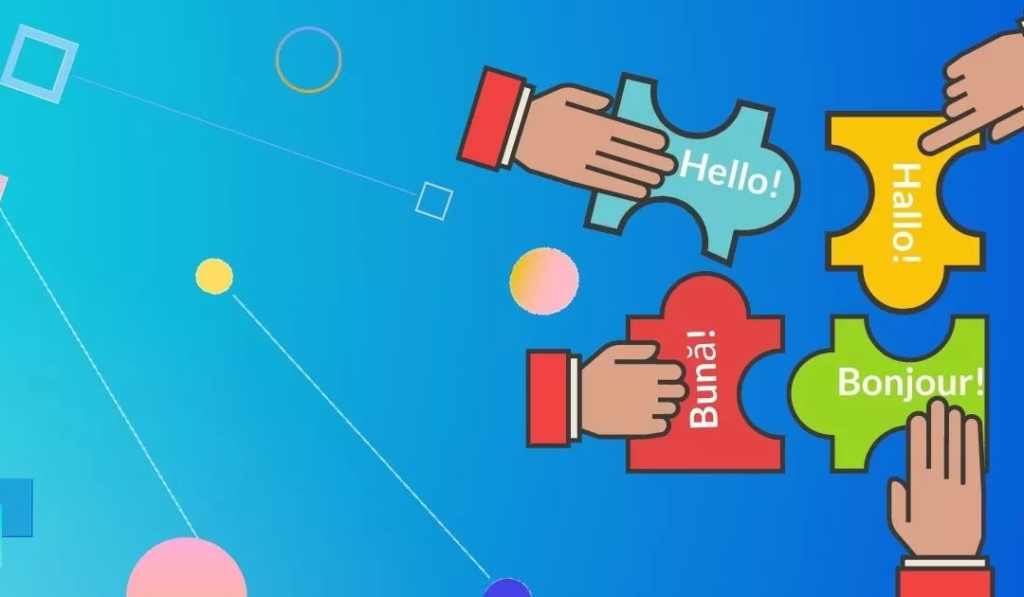Did you know that Facebook supports over 100 different languages with a team of approximately 300,000 volunteer translators? And Airbnb dedicated an entire year to establishing and refining its localization strategy.
These are prime examples of how we are gradually moving towards more nuanced marketing with localization. In a world flooded with media, content, and technology, localization is the key to making your content not just understandable, but deeply relatable to people around the globe.
Let’s explore how you can embrace the limitless possibilities that come with localization.
What is Content Localization?

Localization involves tailoring your content to better cater to a specific region or culture’s unique attributes such as their language, traditions, societal norms, and preferences. It’s important to note that localization goes far beyond mere translation, tackling the need to capture the essence and idiosyncrasies peculiar to the target audience.
Blending Local Culture and Language

Content localization takes into consideration many things – from using the correct local slang and avoiding offensive symbols, to understanding the typical habits and preferences of a particular geography. It may even extend to altering the visuals, colors, graphics, or interfaces as per the cultural context to transform the content from a foreign entity into something that is more approachable and relatable to the viewer.
Now the question arises, “How does localization impact content marketing?”
Localization enables content to seamlessly transcend borders so that people with different cultures and identities can understand the message, helping creators to reach unimaginable heights. It comes as no surprise that a significant proportion of Internet users feel more comfortable with content in their native languages. A comprehensive study conducted by Common Sense Advisory elucidates this idea, indicating that around 75% of online shoppers tend to favor products listed in their mother tongue. Moreover, it was discovered that about 60% of these customers seldom or never make purchases from websites that only offer English.
Exploring the Benefits of Localization

- Enhanced Audience Engagement: Localization enables creators to form a deep connection with their target audience. This in turn leads to heightened engagement, allowing creators to resonate meaningfully with their content, on a personal and intimate level.
- Boosted Revenue: Creators can tap into broader, more diverse audience groups which leads to more sponsorships and collaborations, ultimately increasing revenue generation.
- Catering to Cultural Diversity: A well-executed localization strategy allows creators to absorb and reflect cultural intricacies, thus developing a culture of inclusivity, respect, appreciation, and understanding.
Several OTT and streaming platforms are encouraging regional and localized content formats. YouTube is also making strides in this direction with plans to launch a multi-audio tracks feature. This feature will empower creators, big or small, to add different audio tracks to their content, enhancing accessibility and inclusivity.

Mr. Beast has already dubbed his videos in over 15 languages which led to his growth to reach 100 million followers in just one and a half years. This not only showcases the power of content localization but also sets the stage for the future of diverse and multilingual content on platforms.
But how can creators embrace localization? One revolutionary way for creators to adopt localization effortlessly is through AI dubbing and subtitles.
Expanding Your Reach with AI Dubbing and Subtitles

The beauty of adopting AI-driven localization strategies lies in its accessibility. It’s not limited to industry giants; anyone and everyone can tap into these tools to generate subtitles and voiceovers for their videos. Small creators, just starting on their content creation journey, can also use these technologies to reach every nook and cranny of the world without creating a hole in their pocket.
The democratization of localization means that creators can become more inclusive, breaking free from linguistic confines. This approach aligns with the evolving nature of content consumption, where a personalized and relatable experience is paramount. As AI tools continue to advance, the barriers to entry diminish, opening doors for creators of all sizes to participate in the global conversation.
But that’s not all. AI dubbing and subtitling not only save on the typically high costs associated with human actors and studio rentals; it also shortens content production timelines significantly.
Strategies Beyond Technology: Understanding Your Audience

While AI tools provide a powerful shortcut, creators should also integrate language strategies that are rooted in understanding their audience. One effective approach is to create content with your audience in mind. Before diving into localization, analyze data, check demographics, and understand the languages your audience prefers.
This data-driven approach ensures that your localization efforts are targeted and meaningful. It’s not just about translating words; it’s about connecting with the audience on a cultural and emotional level. By aligning your content with the preferences of your audience, you enhance engagement and make a lasting impact.
Localization is the Future…

Adopting localization in your workflow enables creators to become truly global as they share content, where every viewer feels seen, heard, and valued. Whether you leverage AI dubbing and subtitles or human-assisted localization, the goal is to create content that transcends borders, resonates deeply, and fosters a global community of engaged viewers.


